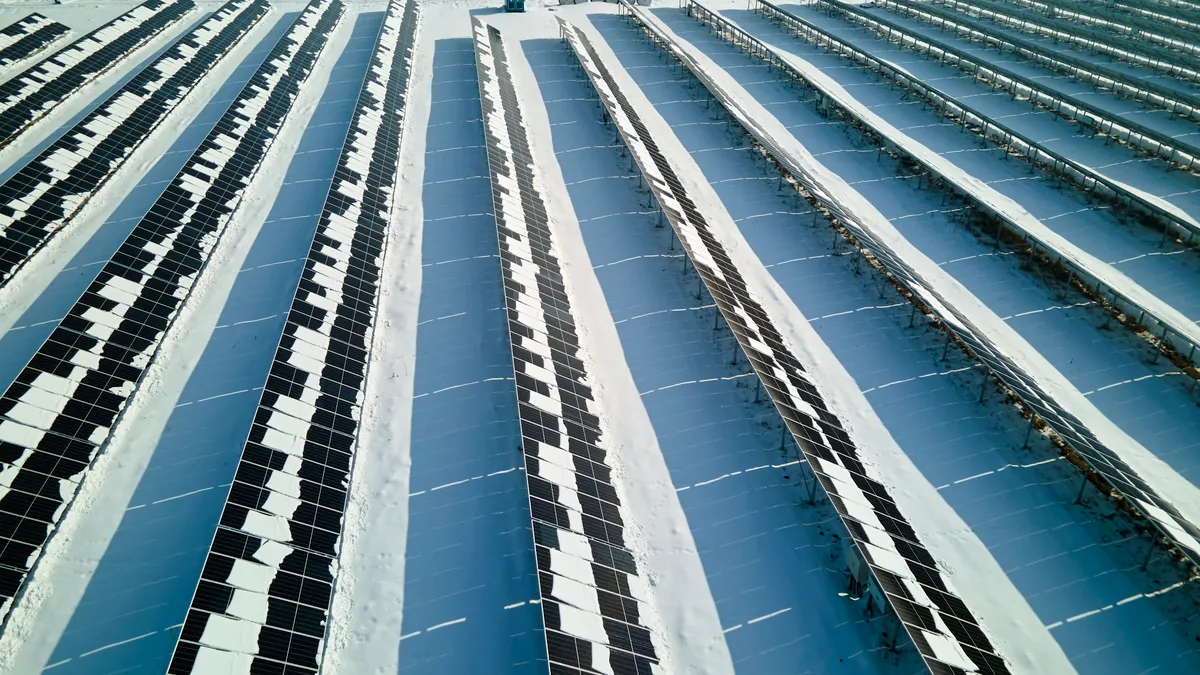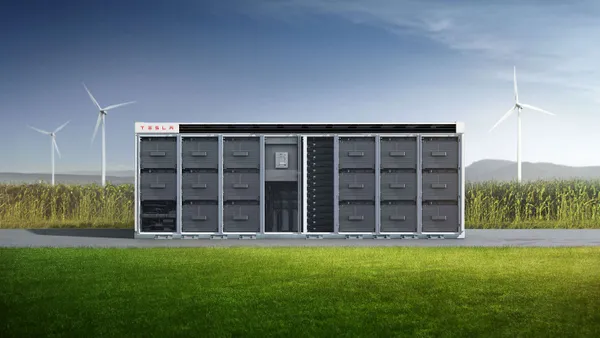Dive Brief:
-
The California Public Utilities Commission (PUC) has approved an updated and revised Self-Generation Incentive Program (SGIP), which provides $83 million a year through 2019 for behind-the-meter generation technologies including wind, fuel cells and energy storage.
-
The revised SGIP allocates 75% of program funds for energy storage with 15% of that amount carved out for residential projects. Generation is allocated the remaining 25%, with 40% carved out for renewable generation projects.
- Under the revisions, beginning in 2017, generation projects consuming natural gas must use a minimum of 10% biogas to receive an SGIP incentive. The minimum requirement increases to 25% in 2018, 50% in 2019, and 100% in 2020.
Dive Insight:
California’s SGIP, the mother of distributed energy incentives in the Golden State, has gone through many twists and turns since its inception in 2001. The program became drenched in controversy recently regarding bidding procedures, and ignited a feud between energy storage and fuel cells proponents.
The PUC’s revision of the SGIP rules could resolve that feud, even as it more heavily favors energy storage.
SGIP provides financial incentives for the installation of clean and efficient distributed generation technologies. It is a ratepayer funded rebate program, overseen by the PUC, and available to retail electric and gas customers of California’s investor-owned utilities.
In the ruling, the PUC staff had recommended excluding natural-gas-fueled pure electric fuel cells and natural-gas fired microturbines from the incentive program. Staff had proposed excluding microturbines because of their low greenhouse gas and criteria pollutant benefits and their benefit/cost ratio of 0.67.
Staff also proposed excluding electric-only fuel cells because for their failure meet revised GHG emissions threshold and a low benefit/cost ratio of 0.69.
But the PUC did not follow staff’s recommendations and ruled that as long as a technology meets performance and reporting standards it should be deemed to have met the GHG reduction requirement.
The PUC explained that staff proposal incorrectly applied the average GHG emission of the existing fleet of electric-only fuel cells to the 10-year average GHG emission rate requirement.
Because the GHG eligibility threshold assumes performance degradation over time, the GHG emission rate requirement for the first year is lower than the 10-year average rate. In order to pass the GHG eligibility screen, GHG-emitting technologies must only demonstrate that their emission rate will fall below the average first-year rate during the first year of operations. As long as a technology is certified to emit less than the first-year emission rate for the program year for which incentives are sought, the technology passes the GHG eligibility screen, the PUC said.
The PUC’s SGIP ruling could resolve the controversies surrounding the SGIP, it should also allow the program to move forward this year. The PUC awarded only half of the $83 million allocated for 2016 in the Feb. 23 bidding process, putting the other half of the award on hold until the PUC ruled on the legislatively mandated reforms to the program. Bidding for the other half of this year’s funds is expected to occur later this year.
"The SGIP decision implemented much needed reforms, and put the program back on track to support California's clean energy and environmental goals,” said Janice Lin, managing partner of Strategen Consulting and co-founder and managing partner of the California Energy Storage Alliance.
“Importantly, by allocating 75% of the budget going forward to energy storage, the decision recognized the importance of energy storage in helping to achieve greenhouse gas reductions, increased system efficiency and reliability and reduced costs for ratepayers,” she said.
















